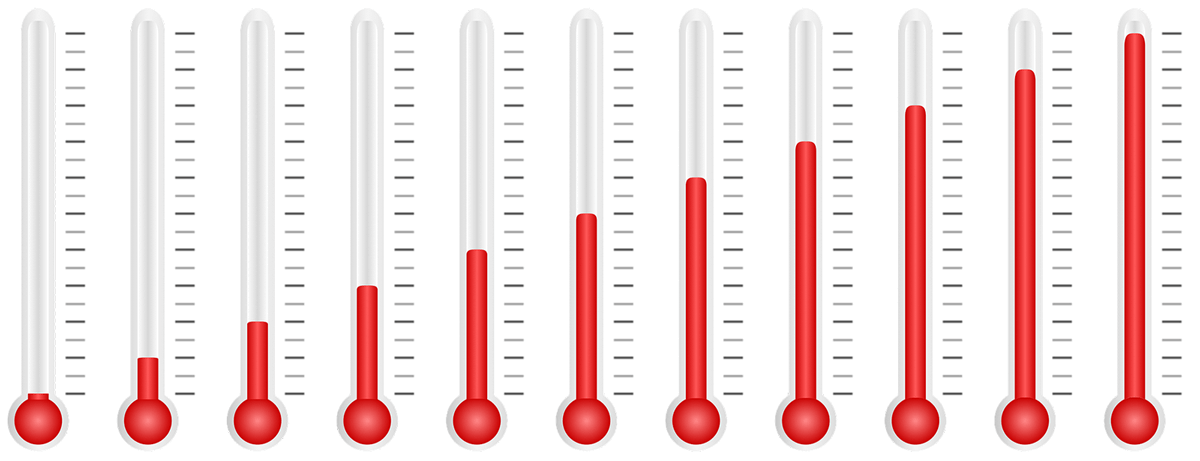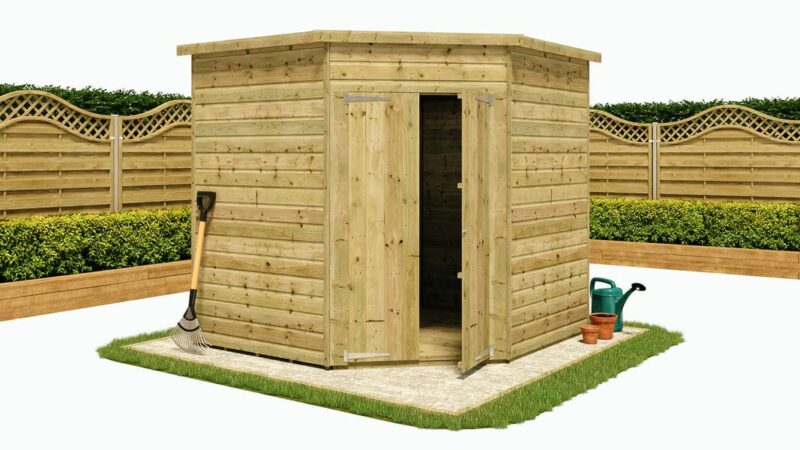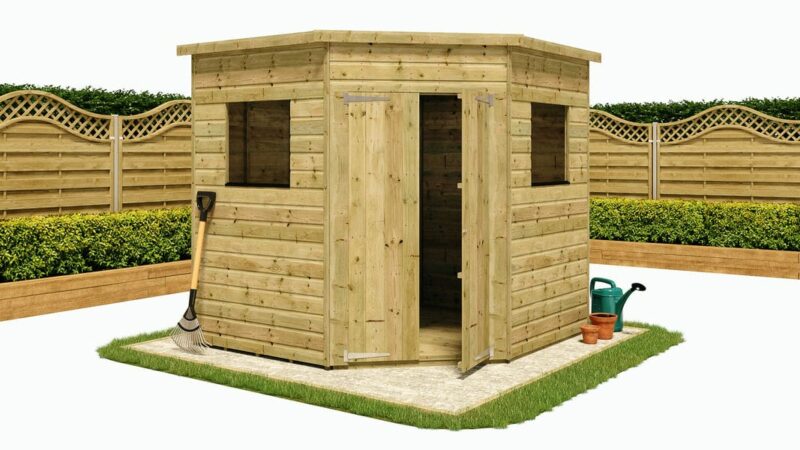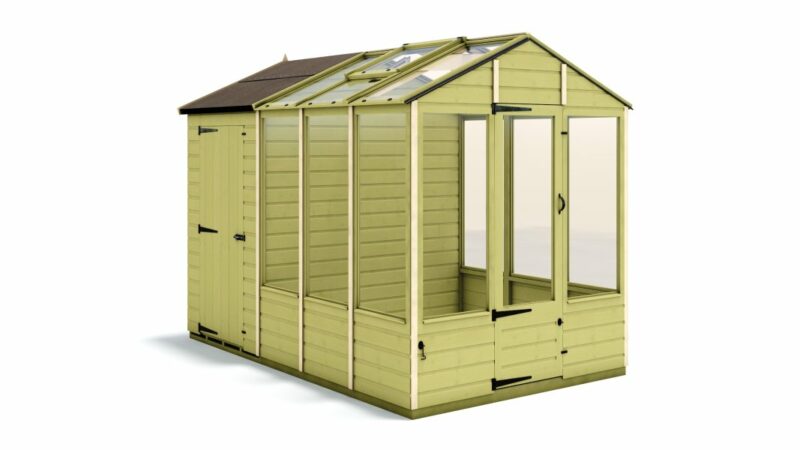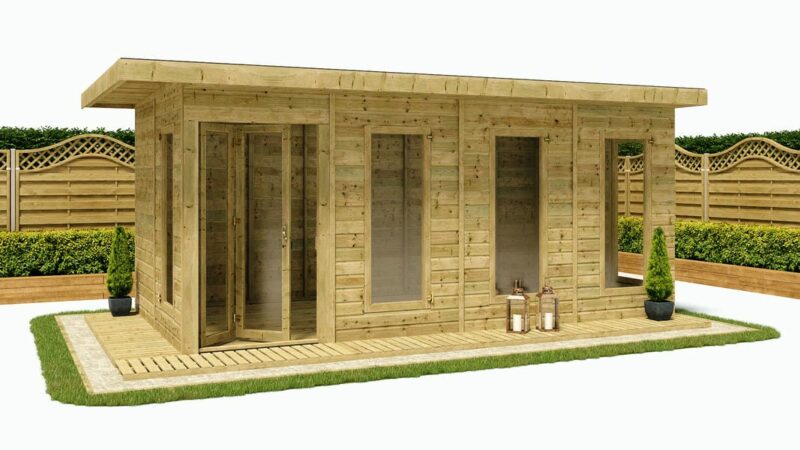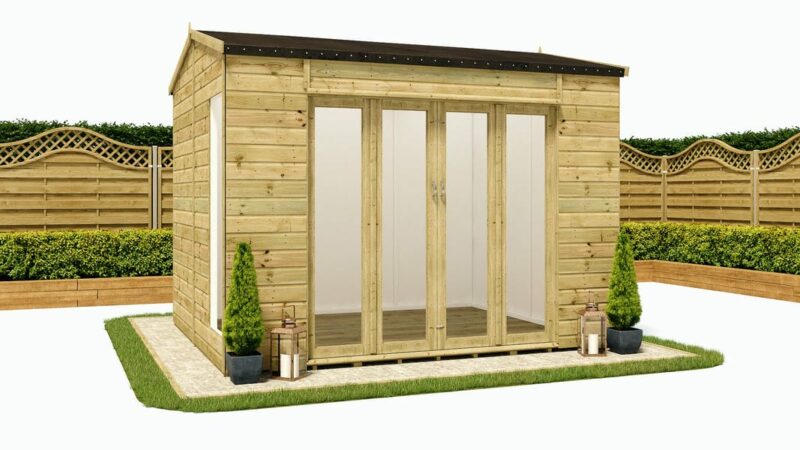Keeping your home cool during the summer and warm during the winter can be problematic if your home, office building, or shed doesn’t have adequate insulation. No matter what type of building it is proper insulation is imperative for creating a comfortable environment for its users. From your home to your shed let’s look at ways to apply insulation.
1) Insulating, radiators, pipes, and tanks
Most people don’t think about it, but it’s essential that you insulate radiators, pipes, and tanks. Heat can be lost in these places too, causing your water to lose its warmth as they sit idle for long periods of time.
Insulating a hot water tank is a very straightforward process. All you need is a hot water cylinder jacket (very affordable) that fits around your hot water tank. Simply follow the manufacturer’s instructions to fit it on properly.
Pipe insulation is just as straightforward. Simply cover the exposed area on your pipe with foam tubing which will significantly reduce heat loss. You can find foam tubing at any DIY store.
You can save even more money on your heating bills by investing in a radiator reflector panel. This low-cost option is fixed behind your radiator which allows heat to be reflected around the room (as opposed to simply letting the heat dissipate through the wall). Radiator reflector panels are best used for those who have uninsulated solid walls.
2) Cavity wall
If you have an uninsulated home, shed, or office you’re likely losing around a third of all heat through the walls. Naturally, heat will move away from warm areas and move towards colder areas. Therefore, the colder it is outside, the faster you’ll lose heat. If your home was built from the 1990s and beyond then you likely have some form of wall insulation. However, older buildings may not have adequate insulation, therefore, costing you money due to excessive heat loss.

Most wall types can be insulated with little to no issues. In most cases, your home will either have a cavity wall or a solid wall. There are also buildings with non-standard wall types.
Differentiating the different wall types
Cavity walls are composed of two walls that have a gap between them. This is known as the cavity. The outer layer is typically comprised of brick while the inner layer is made up of either brick or concrete. Solid walls have no cavities. They’re typically made of solid stone or brick.
Homes with pre-fabricated concrete, a steel-frame, or timber-framed are considered to be non-standard wall types. Certain types of office buildings and sheds typically fall into this category. You can usually insulate non-standard walls the same way you would insulate a solid wall.
Knowing the wall type of your building is essential when it comes to adding the right type of insulation to your building.
3) Floor
Your floors need insulation too. Heat can escape between the gaps and draughts in the floorboards costing that much more money when it comes time to pay the heating bill. It won’t cost you much money to seal up gaps and draughts. You just need a tube of sealant, and the job is done.
This works for both homes and outdoor buildings, such as sheds. Be mindful that your floorboards are more susceptible to rotting without room to “breath” so make sure you still leave enough ventilation for air to move freely.
If you have an older building, there’s a greater likelihood it will have suspended timber floors. In such an instance you can add insulation by laying mineral wool (supported by netting between the joists) underneath the floorboards.
If the floor in your building is made of a solid material, you have two options. You can either add insulation when it needs to be replaced, or you can add insulation on top of the floor itself. Floors that sit above heated areas, such as the kitchen or living room, typically don’t require insulation. However, rooms that sit above unheated places (such as a garage) should be insulated because there’s a good chance you’re losing significant heat.
4) Roof and loft
One great way to reduce the heating bill is to insulate your roof or loft. Around a quarter of the heat typically lost in most homes is through an uninsulated roof or loft area. Insulating your roof is an excellent option due to its longevity — it can last for up to 40 years! That’s 40 years of money you’ll save on heating and cooling bills.
There are a variety of ways you can go about this process. If you plan on using your loft or attic as a storage space, it’s highly recommended that you lay boards over the joists before adding insulation. If you only add insulation to the joists alone, it might not be thick enough to get the job done.
If you intend on using your loft as a living space (think of it as a room-in-the-roof), then you should insulate the actual roof as opposed to the floor of the loft. You can do this by installing insulation boards between the roof rafters and around windows.
5) Draught-proofing
Draught-proofing your home or shed is not only effective, but it’s one of the most affordable ways you can save in terms of money and energy. Where controlled ventilation can help to reduce dampness and condensation by allowing air to flow freely, draughts are not contained. They allow too much air to blow in and out of a structure allowing the loss of significant heat.
Draught-proofing your building allows you to save significantly on energy costs because you’ll lose less air, meaning you’ll likely reduce your energy usage as you attempt to raise the temperature in your home.
There are a number of places where you should be on the lookout for draughts inside of your home, shed, or office building. These include:
- Between floorboards
- Around loft hatches
- Near windows
- Near doors
- Rooms that produce copious amounts of moisture (bathroom, kitchen, etc.)
- Unused chimneys
- Near ceiling-to-wall joins
Draught proofing your building takes time and patience. Some areas are easier to repair than others. Thus, you should consider whether or not you want to continue the job yourself or to hire a professional. With professionals, you’ll always have the peace of mind that the job is being done right. However, that may cost you quite a bit of money. On the other hand, if you’re comfortable with doing the job yourself you can move forward without spending money on a professional.
Final thoughts
Insulation can be used in a variety of ways and serves as the best defence of escaping air from your house, shed, or office. Insulating your building will save you money due to reduced energy bills and will ultimately allow you to relax in a warm (or cool) environment.
Featured Image Credit: wynpnt / Pixaby
In Post Image Credit: mnplatypus / Pixabay



